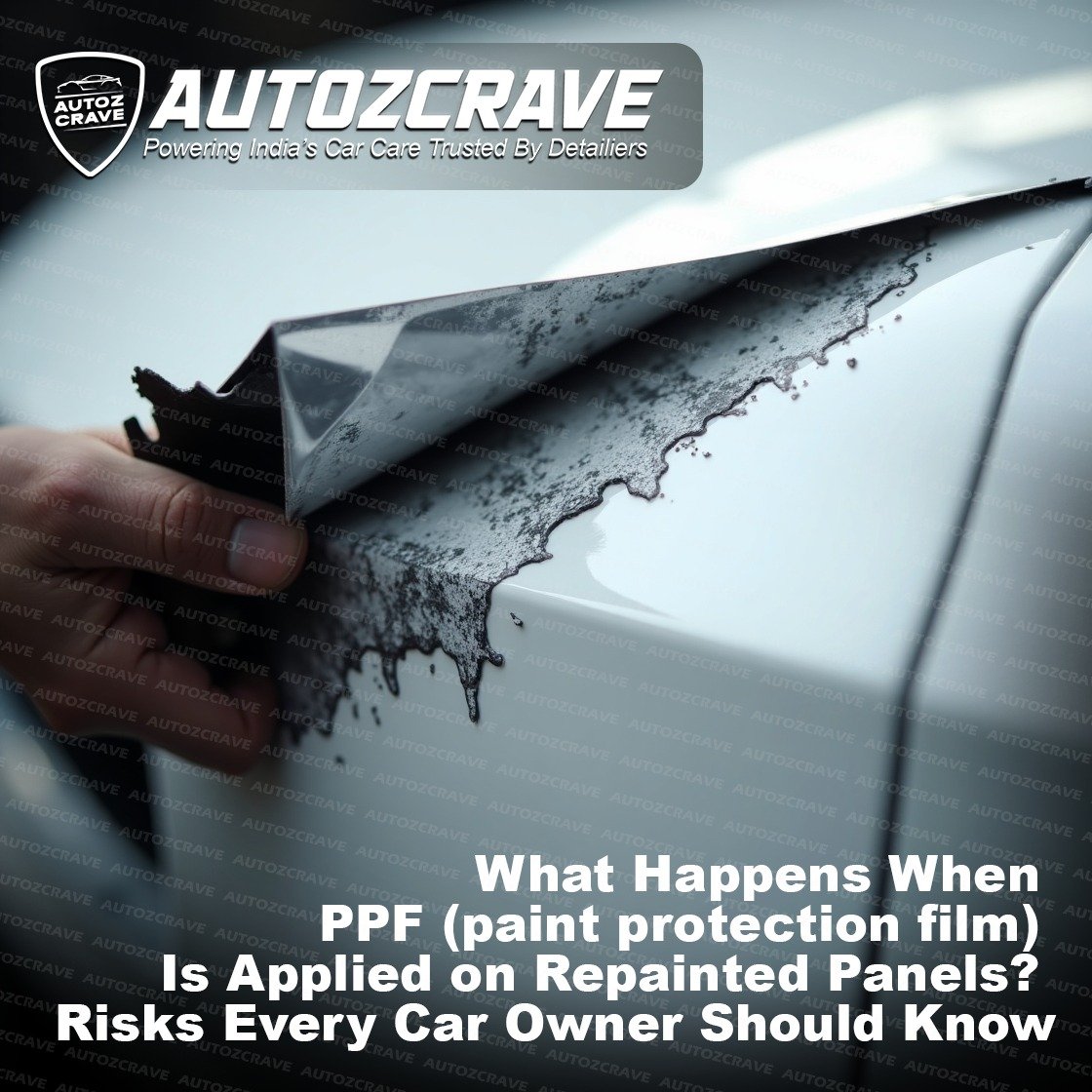Home Blog Details


Home Blog Details


Post By Autozcrave || 2025-07-02
If your car has recently gone through repainting maybe after a small accident or a touch up you might be wondering. Can I apply PPF on repainted panels? The short answer is yes, but there are some things you should know before going ahead.
PPF or Paint Protection Film, is a clear, protective layer that helps save your car’s paint from scratches, stone chips, and sun damage. But applying it on a repainted surface is not the same as applying it on the car’s original paint.
Let’s understand what can go wrong, what precautions you should take, and whether it’s a good idea to put paint protection film after repainting your car.

Yes, PPF can be applied on repainted surfaces, but only after the paint has fully dried and cured. Fresh paint needs time to settle and harden. If you apply PPF too early, the film might not stick properly or could damage the paint.
Usually, paint takes around 30 to 60 days to fully cure. If you’re not sure how long it has been since the repaint, ask your painter or body shop.
Applying paint protection film on resprayed panels comes with a few risks. These risks are important to understand so that you don’t end up damaging your car again.
1. Paint May Peel Off
One of the biggest risks is paint peeling. If the new paint is not strong or hasn't bonded well to the surface, the PPF adhesive can pull it off. This usually happens when the film is removed or if it needs to be adjusted during installation.
2. Weak Adhesion
Sometimes, the film doesn’t stick properly to repainted panels. This can lead to bubbles, lifting at the edges, or film coming off over time. This happens because the new surface may not be as smooth or stable as the factory finish.
3. Warranty May Be Voided
Many PPF companies offer a warranty but only if the film is applied on original paint. So, if you apply PPF on a repainted surface, you might lose the warranty. That means if anything goes wrong, like peeling or yellowing, you may have to pay for repairs yourself.
4. Adhesive Damage
The glue used in PPF is strong. It’s made to last for years. But on weak or soft repainted panels, this adhesive can cause damage when removing or replacing the film.
If you are still planning to apply PPF for car after body repair, here are some steps you must follow:
Let the Paint Cure
Always wait at least 30 to 60 days before applying PPF. Fresh paint releases solvents and needs time to settle. If you apply PPF too soon, it might not stick properly, and your paint can get damaged.
Tell the Installer
Always inform your PPF installer that the panel was repainted. A good professional will test the surface and check if it’s safe to apply the film.
Choose a Trusted PPF Installer
Go to a certified or experienced PPF center. They know how to handle paint protection film on repainted cars and will take extra care to avoid problems.
Ask About Coverage
Since many film brands don’t give a PPF warranty on repainted panels, ask your installer if they offer any personal guarantee or service promise.
It depends on a few things:
If the answers are yes, then applying PPF can still be a good decision. It will protect your car and keep the new paint looking fresh.
But if the paint was done at a low cost shop, or if you're unsure about the quality, it may be better to wait longer or skip PPF for that panel.
Let’s say you had a small accident and your car’s front fender was repainted. You want to apply PPF on the repainted fender to protect it like the rest of the car.
Here’s what you should do:
By following these steps, you can reduce the chances of repainted car PPF problems and keep your car looking perfect.
Applying PPF on repainted panels is possible, but you must take extra care. Understand the risks of PPF on repainted cars, wait for proper curing, and always go to a skilled installer.
If you’re wondering, “Should I apply PPF on a repainted car?” the answer is yes, but only if the paint is cured, high quality, and you're okay with the potential risks.
Taking the right steps now will help you avoid problems later, and keep your car protected for years to come.
Yes, you can apply PPF on a repainted panel, but only after the paint has fully cured. This usually takes about 30 to 60 days, depending on the type of paint used.
Some common risks of PPF on repainted cars include paint peeling, poor adhesion, bubbles, and loss of warranty. This is because repainted surfaces may not bond as well as factory paint.
It is recommended to wait at least 30 to 60 days after repainting before applying paint protection film. This gives the new paint enough time to cure properly.
Yes, there is a chance of paint peeling when removing PPF from a repainted car if the paint was not properly bonded or cured.
Most PPF brands do not offer a warranty on repainted panels. Always check with your installer if any workmanship guarantee is available.
If the repaint was done by a non-certified or local body shop, the chances of paint bonding issues with PPF are higher. Always inspect the surface quality before installation.
Yes, strong PPF adhesive may damage repainted panels, especially if the surface is not fully cured or if low-quality paint was used.
Absolutely. Always tell your installer if the panel was repainted. A good installer will test the surface before applying the film to avoid future issues.
Both have benefits, but ceramic coating is generally safer for repainted surfaces as it does not involve adhesives. However, PPF offers better physical protection.
Yes, PPF can be applied on a resprayed panel after a body repair, but only after the paint has cured. Make sure the repair was done professionally for the best results.